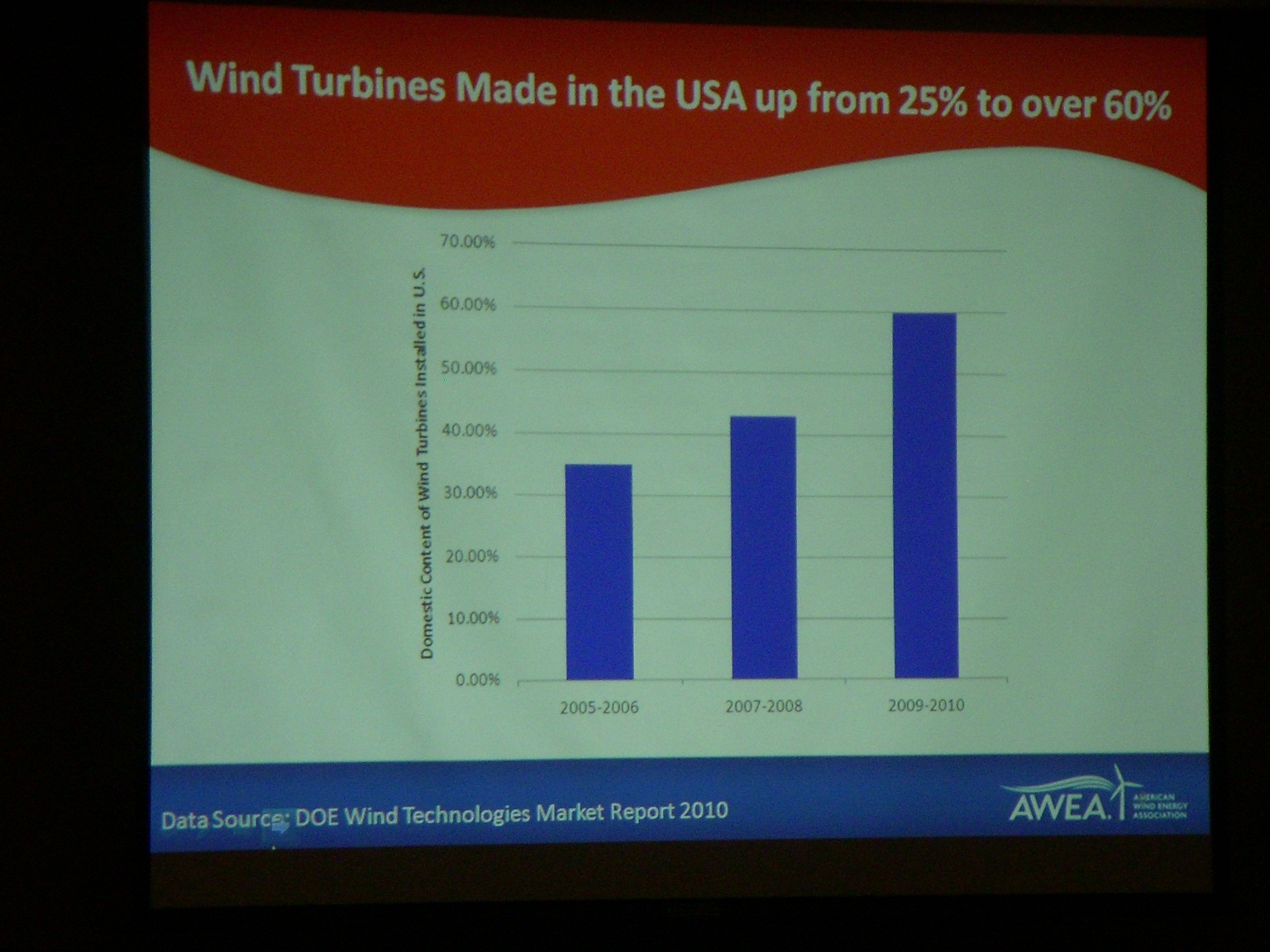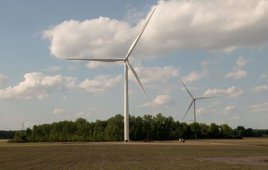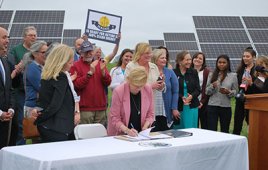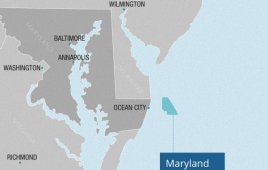The recent MAKING IT HERE 2012 Conference in Cleveland included a session titled: Securing an American Industry: Policy Choice for Wind, in which panelists discussed state policies, the affects of legislation, and the need for an extension to the Production Tax Credit (PTC). Here is what I learned:
Over the last five years, American wind accounted for 35% of all new power capacity, a figure right behind natural gas. From 2001 to 2012, the added wind capacity totaled more than 48,611 MW. Manufacturing for the wind industry is now 12 times larger than it was in 2001 and is in position to compete with other energy sources. Turbines made in the U.S. rose to 60% and wind industry jobs tally to more than 75,000. Bottom line: We have a lot to lose if the PTC is not extended.
The major benefit of wind is its price does not change. It will be the same as it is today, tomorrow, and in 10 years. This is a statement other industries, such as coal, cannot make. If the PTC is extended, we will see an 8 to 10 GW growth by 2016 and a 100,000 wind-related job increase, one panelist said.
On a state level, clean energy advocates have an uphill battle on their hands. For instance, some groups propose repealing the Renewable Portfolio Standard (RPS) laws and including non-renewable technologies in renewable tiers, such as, waste heat. Another threat is a proposed allowance for including predominately Canadian hydropower as a state-generated renewable.
Furthermore, 49 states had increases in the cost of energy from 2005 to 2010. The five states with the highest increases had the lowest renewable energy deployed. And the five states with the lowest increases had the highest amount of renewable energy (wind and solar) in use. Better yet, wind is less expensive than originally assumed. It is low cost, long term, and has fixed price contracts. New coal generated power is more than twice as expensive as that from existing wind.
Many states are trying to adopt a 25×25 RPS which means 25% of energy generated by renewables by 2025. Michigan’s ballot initiative for this involves a 1% cost cap. This means costs cannot be 1% more than businesses usual case if the program didn’t exist. Wind should be well under this cap, ensuring everyone saves money.
Ohio also has a 25×25 RPS, but it is split into two categories. Half of the 25%, 12.5% must come from renewables, including wind and offshore wind. Annual benchmarks are in place mandated by Senate bill 221 and 315 to verify goal progression. The other 12.5% is generated from “advanced” energy, defined as clean coal, new nuclear, and retrofitted refuel generated facilities.
A clean energy economy is inevitable and the American infrastructure has to change, one panelist asserts. The global energy investment in clean technologies for electrical generation was higher than the combined investment in natural gas and coal generated power. Worldwide, there are 1.4 billion people living without electricity who will benefit from future wind and solar projects. A new capacity is needed as world energy demand increases between now and 2050. With this, wind project projections are rising and becoming more reliable. Good policy is not by accident.
Filed Under: Uncategorized






Good activities and clean energy system. I hope its will be increasing in future…